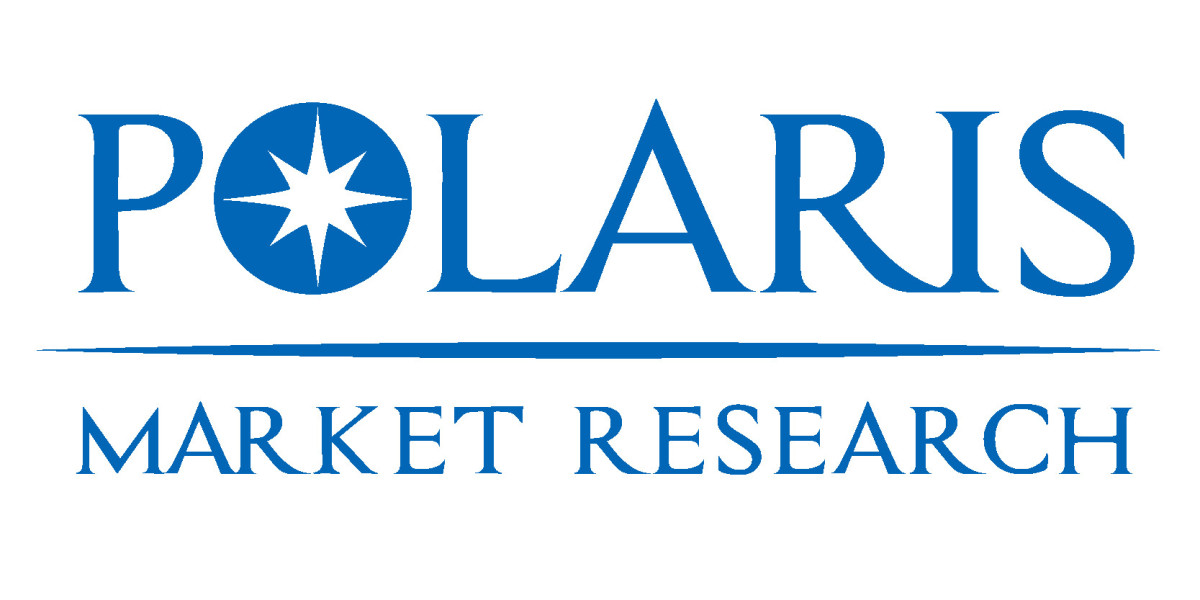The global Gaucher disease treatment market was valued at USD 2.14 billion in 2024 and is forecast to grow at a compound annual growth rate (CAGR) of 2.8% through the projection period, reaching an estimated USD 2.81 billion by 2034. Modest but steady market expansion is being driven by improvements in diagnosis, evolving therapeutic approaches (including next-generation enzyme treatments, substrate reduction therapies, and gene therapy research), and expanding access to specialist care in emerging regions.
Market overview
Gaucher disease, a rare lysosomal storage disorder caused by deficiency of the enzyme glucocerebrosidase, remains a clinically heterogeneous condition with Type 1 (non-neuropathic) being the most common presentation. The treatment landscape has been historically dominated by enzyme replacement therapies (ERTs) and substrate reduction therapies (SRTs). While established biologics continue to generate the majority of revenue, incremental innovation, biosimilars, and advanced therapeutic research (including gene therapy and small-molecule chaperones) are beginning to reshape long-term opportunities.
The market’s moderate CAGR reflects a balance of steady demand for chronic therapies, price pressures in mature markets, and both the high cost and long development timelines associated with advanced therapies. Key near-term growth contributors are improved disease awareness, earlier diagnosis through expanded screening programs, and better patient management pathways. Over the decade, market dynamics will be influenced by product lifecycle events, competitive entrants, and the pace at which novel curative approaches transition from trials to clinic.
Key market growth drivers
- Improved diagnosis and disease awareness — Expanded genetic testing, increased specialist referral networks, and greater physician awareness are leading to higher rates of diagnosis, particularly for milder or atypical presentations that formerly went unrecognized.
- Established chronic therapy demand — Because many Gaucher patients require lifelong management, ERTs and SRTs provide a stable revenue base. Continued uptake in patients switching from infusion-based therapies to oral regimens supports market resilience.
- Pipeline innovation and gene therapy promise — Ongoing R&D in gene therapy and other potentially disease-modifying approaches creates long-term upside. Even the perception of a future curative option encourages investment across diagnostics and patient support infrastructure.
- Access expansion in emerging markets — Growing healthcare budgets, improved reimbursement frameworks, and international patient access programs are enabling uptake in Latin America, parts of Asia, and the Middle East & Africa—regions that historically under-diagnosed Gaucher disease.
- Patient support and specialty care networks — Improved home infusion services, telemedicine follow-up, and integrated care models reduce barriers to therapy adherence and broaden geographic reach of specialist care.
Market challenges and restraints
- High treatment costs and pricing pressure — Proprietary biologics and novel therapies command premium pricing. Payer pressure, cost-containment measures, and negotiations in major markets constrain price increases.
- Small patient population and clinical complexity — Gaucher disease is rare and clinically heterogeneous; small patient numbers complicate large clinical trials, slow enrollment, and increase per-patient development costs for new therapies.
- Regulatory and reimbursement uncertainty for advanced therapies — Gene therapies and one-time treatments face complex regulatory pathways and uncertain reimbursement models, which can delay commercialization and uptake.
- Supply chain and manufacturing complexity — Biologics manufacturing is specialized and expensive; any production or quality issues can disrupt supply for a vulnerable patient population.
- Competition from biosimilars and generics — As some established products approach patent expiry, biosimilar entrants may compress revenue for branded therapies and change competitive dynamics.
Regional analysis
- North America (largest share): The United States and Canada represent the largest market due to strong diagnostic infrastructure, high per-patient spending on orphan medicines, and well-established specialist centers. Robust payer systems (including rare disease reimbursement frameworks) and ongoing clinical research activity underpin continued leadership.
- Europe: Western Europe follows North America in market size. National health services and centralized HTA processes influence product access but also provide predictable reimbursement pathways for proven therapies. Eastern Europe shows gradual growth as diagnostic capabilities expand.
- Asia-Pacific: This region presents the strongest long-term growth potential. Improved rare disease policies, growing awareness, and expanding specialty care are increasing diagnosed patient counts. Market growth will be heterogeneous—high in Japan, South Korea, and parts of Southeast Asia, slower elsewhere until diagnostic and reimbursement frameworks mature.
- Latin America: Increasing government and NGO programs to improve access to orphan drugs are supporting market gains, though overall spend per patient remains below mature markets. Patient assistance programs provided by manufacturers play an outsized role.
- Middle East & Africa: Growth is nascent; pockets of investment in specialized treatment centers and cross-border care are visible, but access challenges and limited diagnostic coverage restrain near-term uptake.
Key companies (competitive landscape)
Major companies and specialist biotech firms with a notable presence in the Gaucher disease treatment landscape include:
- Sanofi Genzyme
- Takeda (including legacy Shire assets)
- Pfizer
- Amicus Therapeutics
- Protalix BioTherapeutics
- Other emerging biotech companies and specialized rare-disease players
These companies participate across modalities—enzyme replacement, substrate reduction, pharmacological chaperones, and early-stage gene therapy programs. Partnerships between big pharma and smaller biotech firms are common, allowing larger distribution networks to commercialize innovative treatments developed by niche companies.
Market segmentation
The industry can be broadly segmented as follows:
- By treatment type
- Enzyme Replacement Therapy (ERT)
- Substrate Reduction Therapy (SRT)
- Pharmacological chaperones
- Gene therapy and cell-based approaches (emerging)
- Supportive & symptomatic care (splenectomy, pain management, bone health treatments)
- By disease type
- Type 1 (non-neuropathic)
- Type 2 (acute neuropathic)
- Type 3 (chronic neuropathic)
- By route of administration
- Intravenous (infusion ERTs)
- Oral (SRTs and small molecules)
- By end user
- Hospitals and specialty clinics
- Ambulatory care centers
- Home healthcare (increasing for infusion services)
- Retail and specialty pharmacies
- By geography
- North America
- Europe
- Asia-Pacific
- Latin America
- Middle East & Africa
??????? ??? ???????? ????????????? ?????? ????:
https://www.polarismarketresearch.com/industry-analysis/gaucher-disease-treatment-market
Opportunities & outlook
While the market growth rate is moderate (CAGR 2.8% per the 2024–2034 forecast), opportunities exist to accelerate value capture: development and commercialization of oral therapies that improve quality of life and adherence; scalable gene therapy approaches that could shift treatment economics; expansion of newborn and targeted screening programs that increase early diagnosis; and improved international access programs that broaden patient reach. Strategic collaborations, value-based pricing agreements, and digital patient support platforms will be differentiators for players seeking to grow share.
Conclusion
The Gaucher disease treatment market is characterized by established, high-value chronic therapies and a promising pipeline of transformational approaches. With a projected value of USD 2.81 billion by 2034, the market is expected to expand steadily as diagnostic reach improves and novel therapeutic modalities mature. Success will favor organizations that can navigate pricing pressures, accelerate patient identification, and move innovative therapies through the final clinical and reimbursement hurdles.
More Trending Latest Reports By Polaris Market Research:
Attack Surface Management Market
Team Collaboration Software Market
Smart Toys Market: Revolutionizing the Toy Industry
Team Collaboration Software Market
U.S. Medical Examination Lights Market








